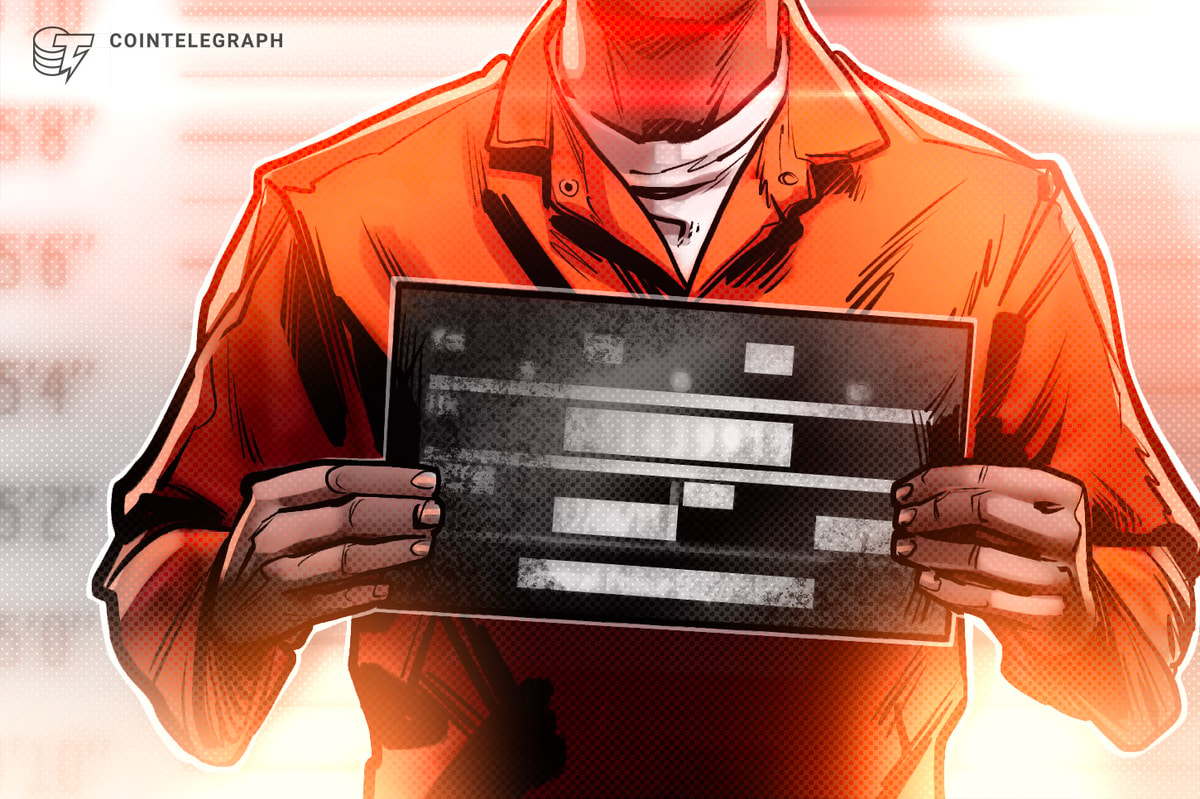In a newly released and otherwise crypto-friendly portion of its 2024 platform, the Republican Party echoed a common concern about a potential United States central bank digital currency (CBDC): the possibility that this might take the form of a privacy-invading state surveillance mechanism. What we should be more concerned about is a CBDC built on technical rails that can be infiltrated and exploited by our adversaries.
Despite political opposition, a CBDC in this country is a realistic future possibility. Interest is growing steadily among central banks and financial institutions worldwide. Designing one that is resilient to a cyberattack based on what’s known as Shor’s algorithm — a powerful toolset to become much more practical as quantum computing takes hold in the coming years — is a matter of vital interest. Without post-quantum technology underpinning the future of our monetary system, the country’s economic security and financial privacy are vulnerable to foreign interference.
As a digital liability of the Federal Reserve, a CBDC would be comparable to a digital version of a dollar bill. From a credit and liability risk standpoint, such an innovation would be the safest of its kind in the kaleidoscope of digital assets available to the general public. In theory, it would exist alongside fiat currency, commercial bank money and privately issued digital assets, thereby adding a weighty, government-backed option to a diversity of payment choices for the public.

In the United States, there have been only a few attempts at designing a theoretical central bank digital currency. One of the first design tests was piloted by the Massachusetts Institute of Technology’s Digital Currency Initiative in 2022 in collaboration with the Federal Reserve Bank of Boston. Another pilot project was completed in late 2023 by The Digital Dollar Project, Western Union, Accenture, and BDO Unibank.
Related: Bahamians didn't want CBDCs — So now they're being forced to use them
The technical rails of these two pilot projects were built using distributed ledger technology and custom, high-performance blockchain architectures, both of which rely on public key cryptography — a system that uses a public database of keys and signatures to verify identities and encrypt messages. The problem is that this type of cryptography relies on algorithms that are vulnerable to quantum computing attacks.
Quantum computing is as complex as it sounds. Relying on quantum mechanics phenomena, it far outpaces the ability of classical computers and supercomputers to solve complex algorithms in both speed and capability. Public-key cryptography is one of its primary targets.
Thus, it’s alarming that developers of CBDCs are not prioritizing quantum-resistant designs in their early technical roadmaps. As RAND mathematician Alvin Moon noted, “A steady stream of advances in quantum computing technology is undeniably increasing the urgency to standardize and implement post-quantum algorithms, or algorithms which are resistant to both present-day computing and on-the-horizon quantum computing.”
Related: 'Privacy-minded' CBDCs are a wolf in sheep’s clothing
This security flaw represents a serious vulnerability in the US monetary system if central bank digital currencies are eventually adopted by the Federal Reserve and authorized by Congress. Valid concerns about surveillance and potential harm to civil liberties are driving debates and may positively influence laws, regulations and ethical governance standards. Technical designs continue to evolve, albeit slowly, to address privacy risks. However, without secure and resilient technical rails, CBDC adoption will remain a serious risk. A potential breach of our monetary system and access to Americans’ personal data and private financial records would be a national security threat of the first order.
The good news is that frameworks for post-quantum research and development are already underway. For example, the National Quantum Initiative Act (Quantum Act) was signed into law in 2018 “to accelerate quantum research and development for the economic and national security of the United States.” The National Quantum Initiative engages in educational training, collaborations in quantum information science with international partners, and in research opportunities funded by DARPA and the Department of Energy.

A “Quantum Readiness“ roadmap was also introduced in late 2023 by the Cybersecurity and Infrastructure Security Agency (CISA), which lays out a strategy for organizations to migrate away from public key cryptography and to a post-quantum standard for critical infrastructure. To complement these efforts, the National Science Foundation is in the process of implementing a National Quantum Virtual Laboratory program.
Despite these initiatives — and despite that the Federal Reserve has acknowledged that quantum computing should be an important technical consideration — there is no evidence of post-quantum research and development specifically addressing a central bank digital currency design.
Meanwhile, there have been legislative efforts to ban research and development for a central bank digital currency. That’s not the answer, either. The very opposite needs to happen. To take our post-quantum future seriously, America needs to invest in research, technical development and testing of a central bank digital currency with post-quantum design features.
While much attention is being spent on enemies at home, let’s not forget about our adversaries abroad.
This article is for general information purposes and is not intended to be and should not be taken as legal or investment advice. The views, thoughts, and opinions expressed here are the author’s alone and do not necessarily reflect or represent the views and opinions of Cointelegraph.











